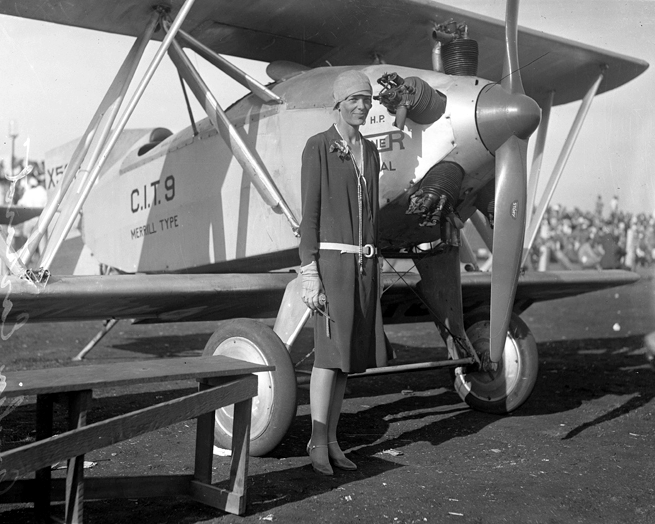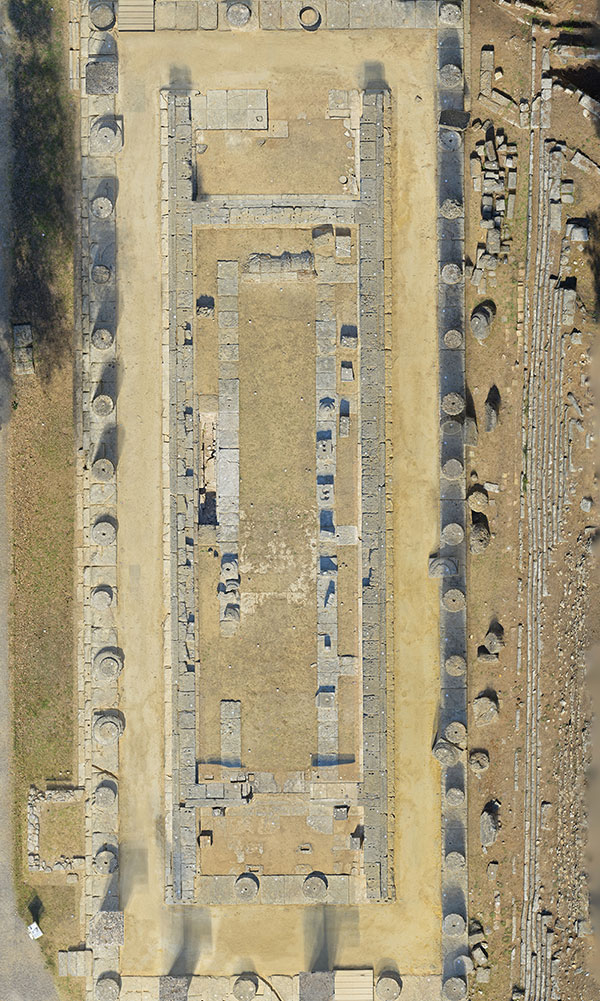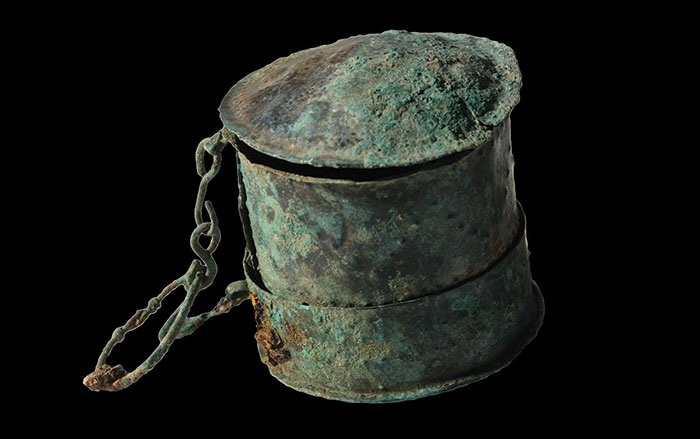
NIKUMARORO, REPUBLIC OF KIRIBATI—CNN reports that human remains discovered on the island of Nikumaroro in 1940 may have belonged to aviator Amelia Earhart, who disappeared in 1937. The skeleton, which British authorities had identified as male, was eventually lost, but researchers with the International Group for Historic Aircraft Recovery (TIGHAR) obtained the original files of the examination, which include measurements of the bones. Forensic anthropologists determined that the measurements are consistent with a woman of Earhart’s height and ethnic origin. Recently, while reviewing those measurements, Richard Jantz of the University of Tennessee noticed that the skeleton in question had unusually long forearms. He joined forces with Jeff Glickman, a forensic imaging specialist, to analyze photographs of Earhart. They concluded that her forearms are nearly identical to those of the recovered skeleton. The TIGHAR team suggests that Earhart’s navigator, Frederick J. Noonan, died shortly after the plane crashed, and that his body was washed away by the island’s tides, since Earhart reported him injured in her initial distress calls, and only one set of human remains was recovered. “We believe she survived heroically, and alone, for a period of time, in terrible circumstances,” said Ric Gillespie, TIGHAR executive director. For more, go to “Last Flight of a Tuskegee Airman.”











